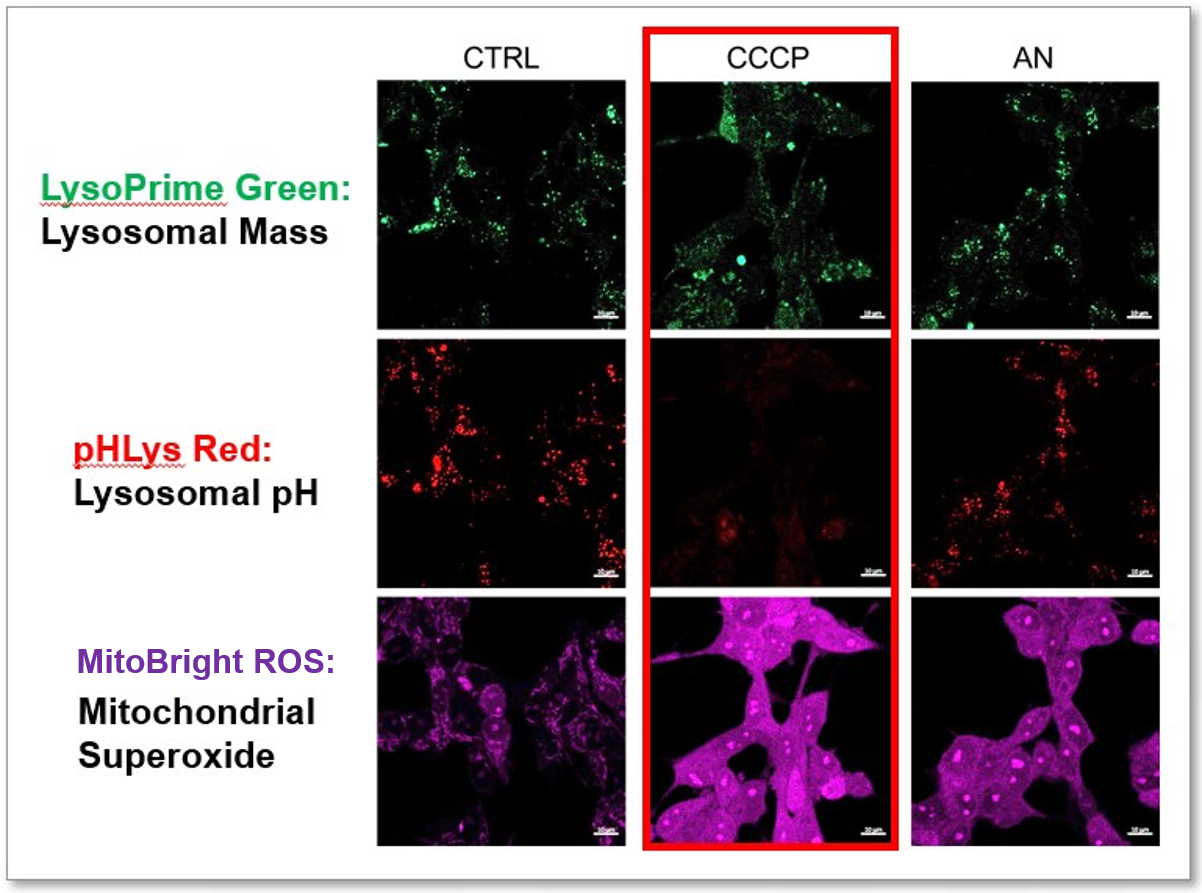|
This article focusing on the mechanisms of programmed necrosis in infected macrophages. The research demonstrates that the excess tumor necrosis factor triggers programmed necrosis of infected macrophages is not mitochondrion-intrinsic but results from an inter-organellar circuit initiating and culminating in the mitochondrion. The circuit begins and ends with the transit of two inorganic signals - ROS from mitochondrion to lysosome and Ca2+ from endoplasmic reticulum to mitochondrion - and requires cathepsin D translocation from lysosome to cytosol. |
|
TNF Induces Pathogenic Programmed Macrophage Necrosis in Tuberculosis through a Mitochondrial-Lysosomal-Endoplasmic Reticulum Circuit Click here for the original article: Francisco J. Roca, et. al., Cell (2019) Point of Interest
|
| Related Techniques |
|
|
|
|
|
|
|
| Related Applications |
1. Simultaneously detection of Lysosomal and Mitochondrial Dysfunction
|
|
2. Monitoring ROS in Macrophage Phagocytosis Dead cells (2&3) phagocytosed by Cell1 resulted in increased ROS(green). ROS detection reagent allowed for reliable analysis of the role of ROS in phagocytosis. Its high intracellular residence and low background noise made it possible to perform long-term analysis of ROS production in the cell. This information can provide important insights into the mechanisms of phagocytosis and contribute to the development of treatments for diseases associated with macrophage dysfunction. > for detail experimental notes are available at Nikon web site. Products in Use Related Product |

















